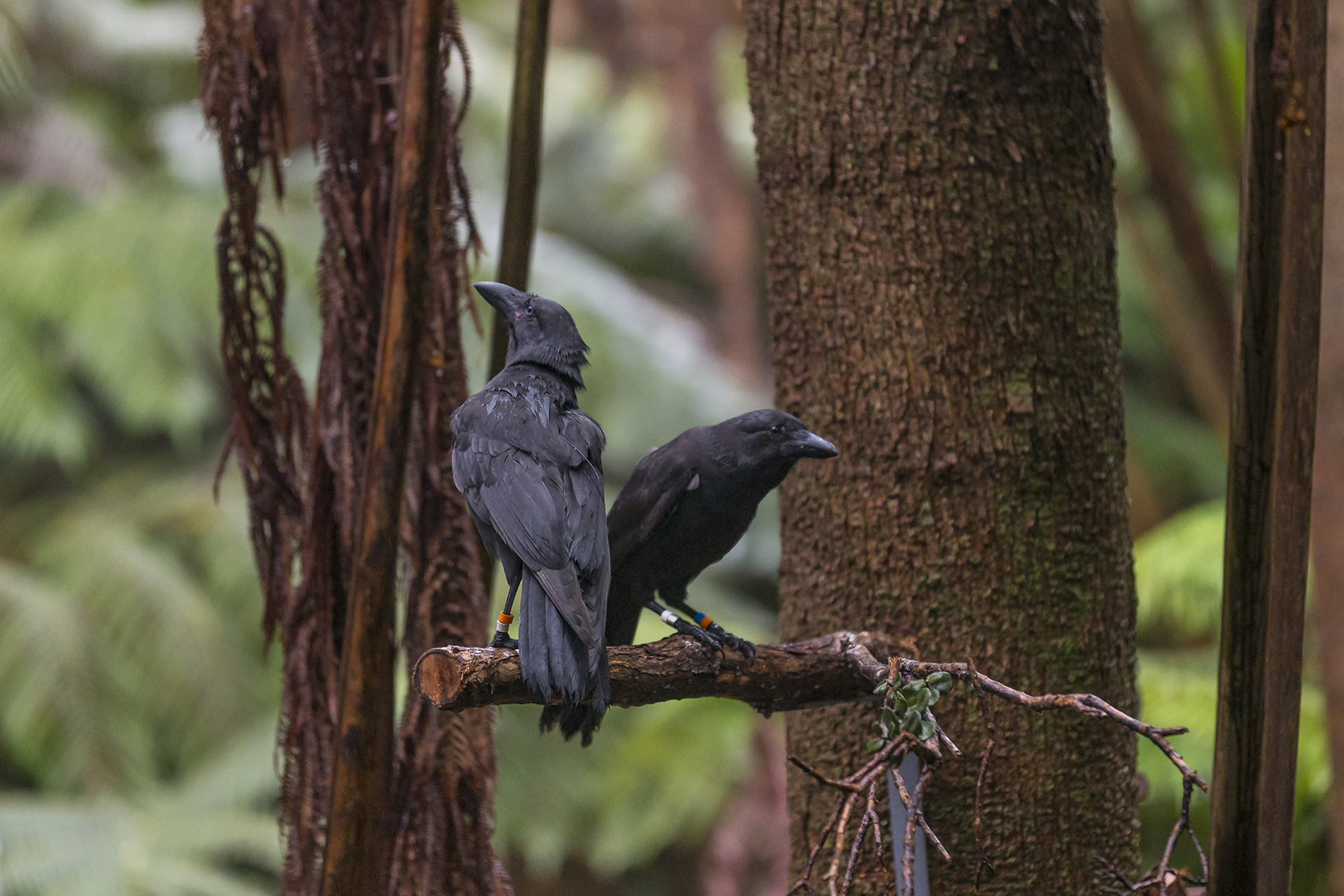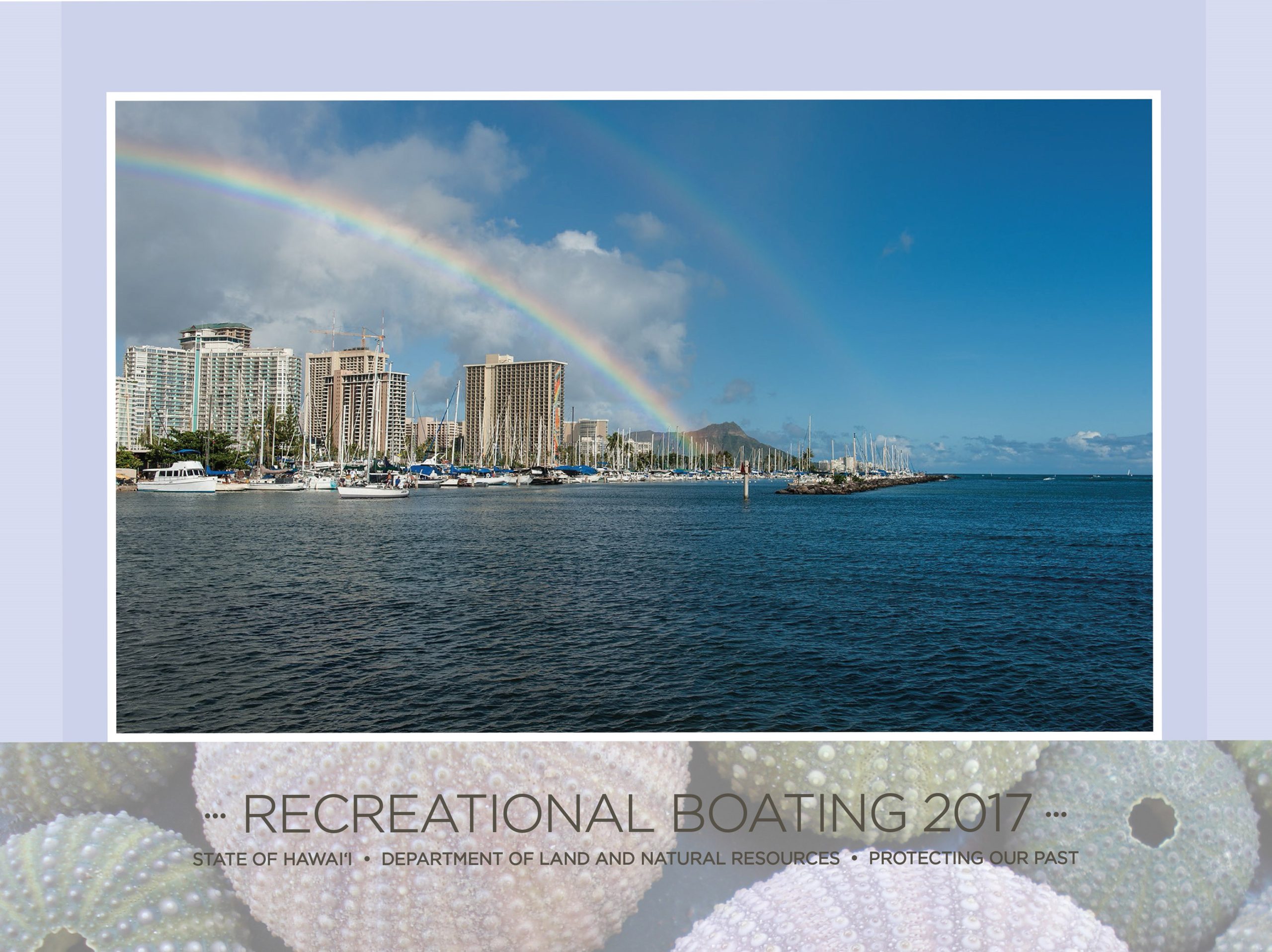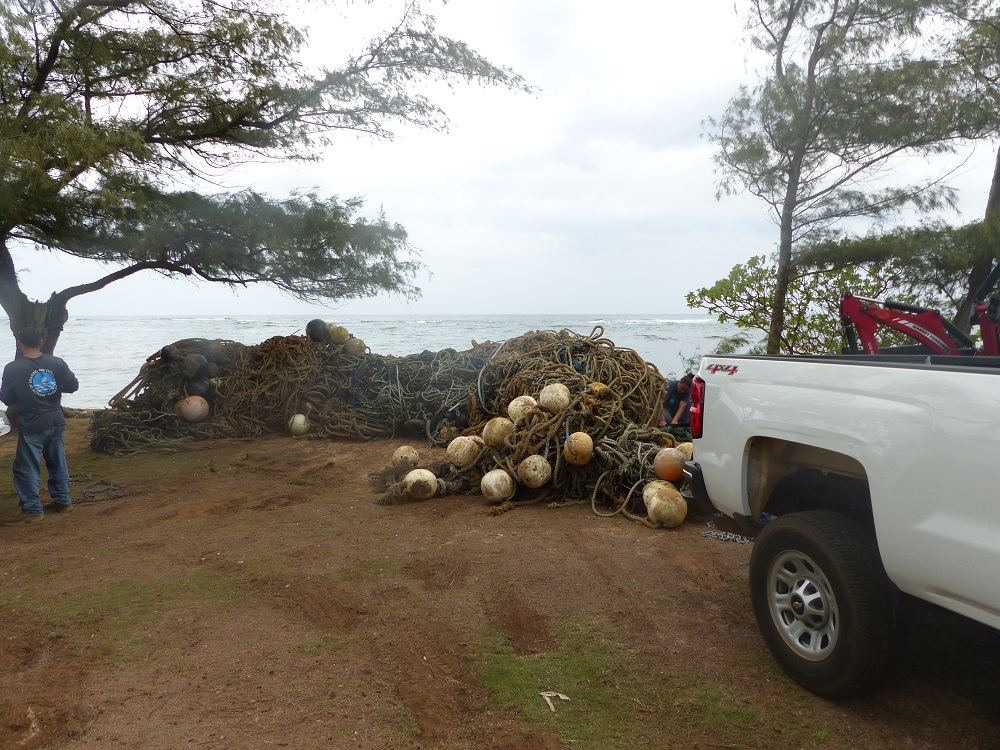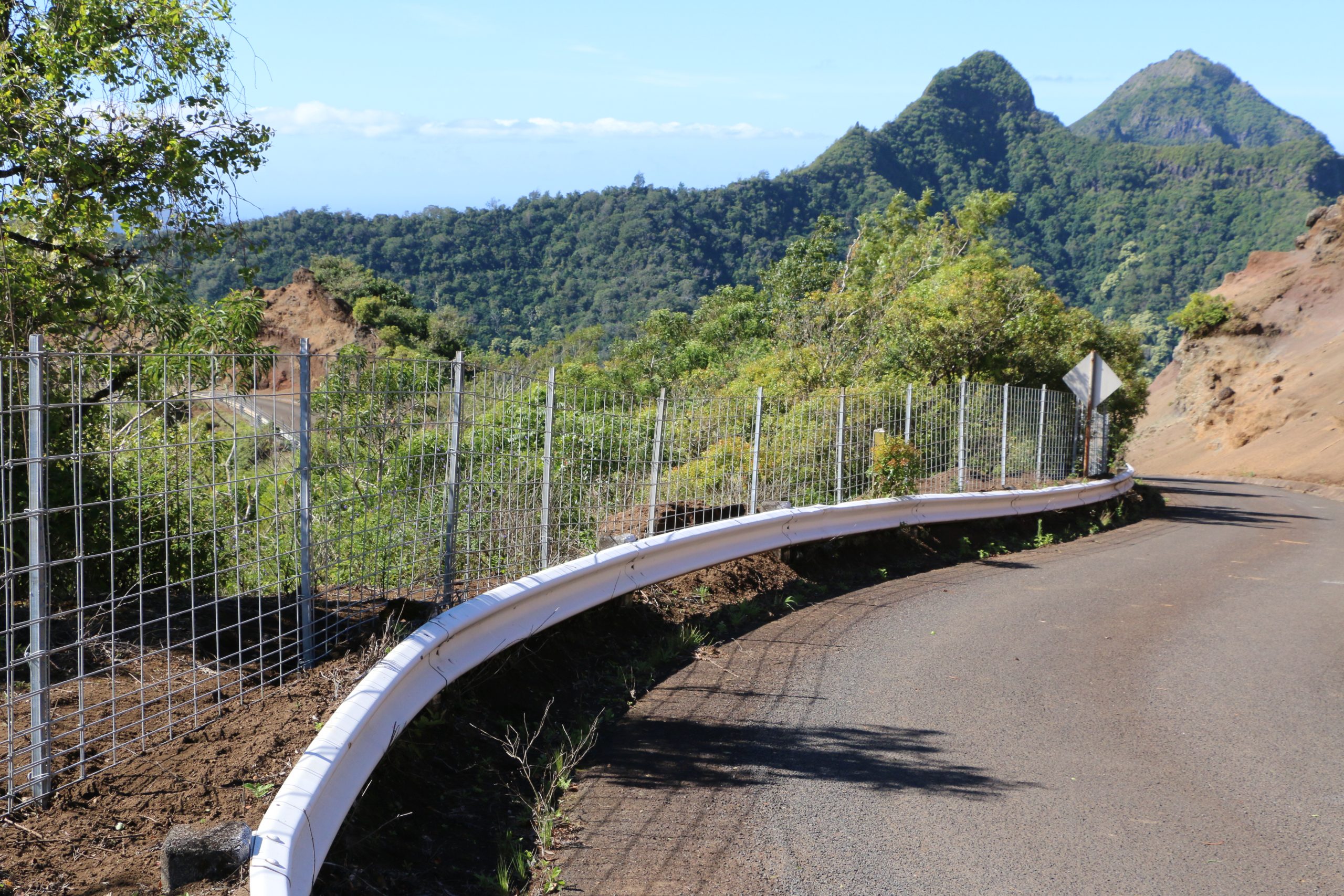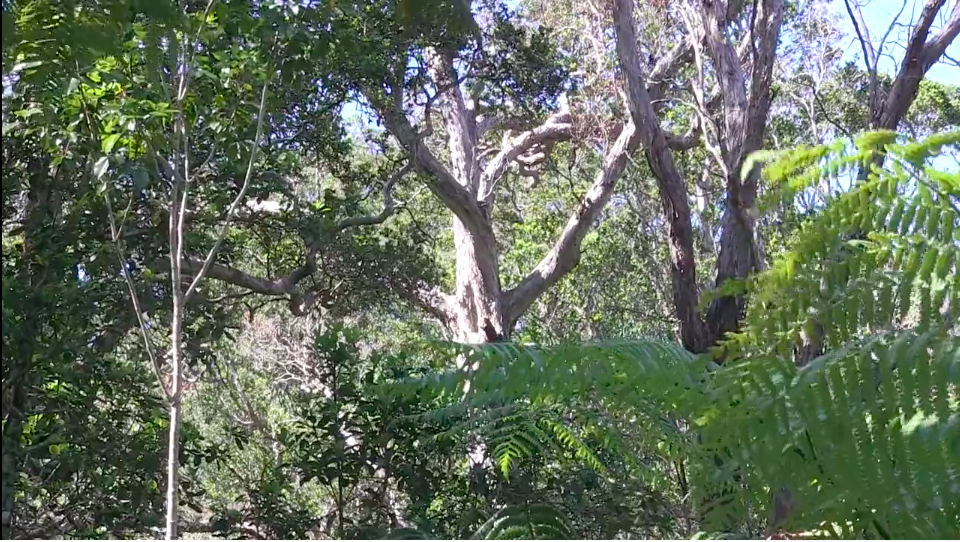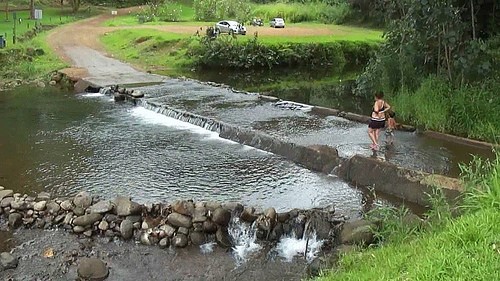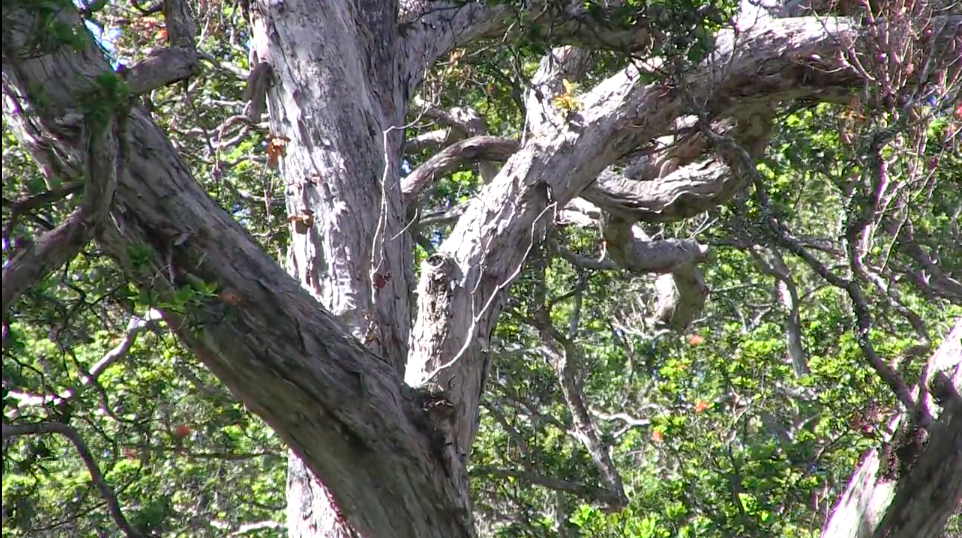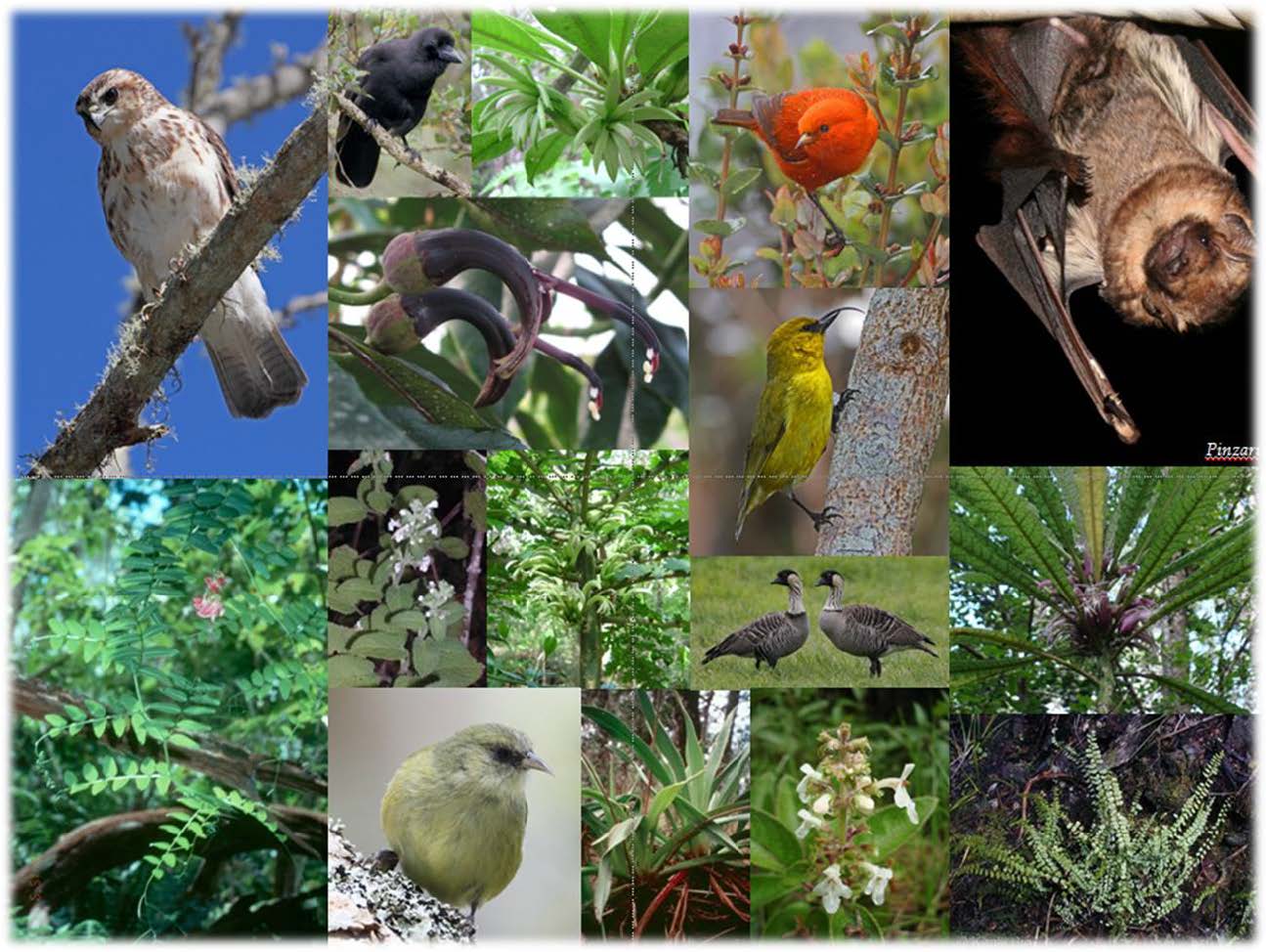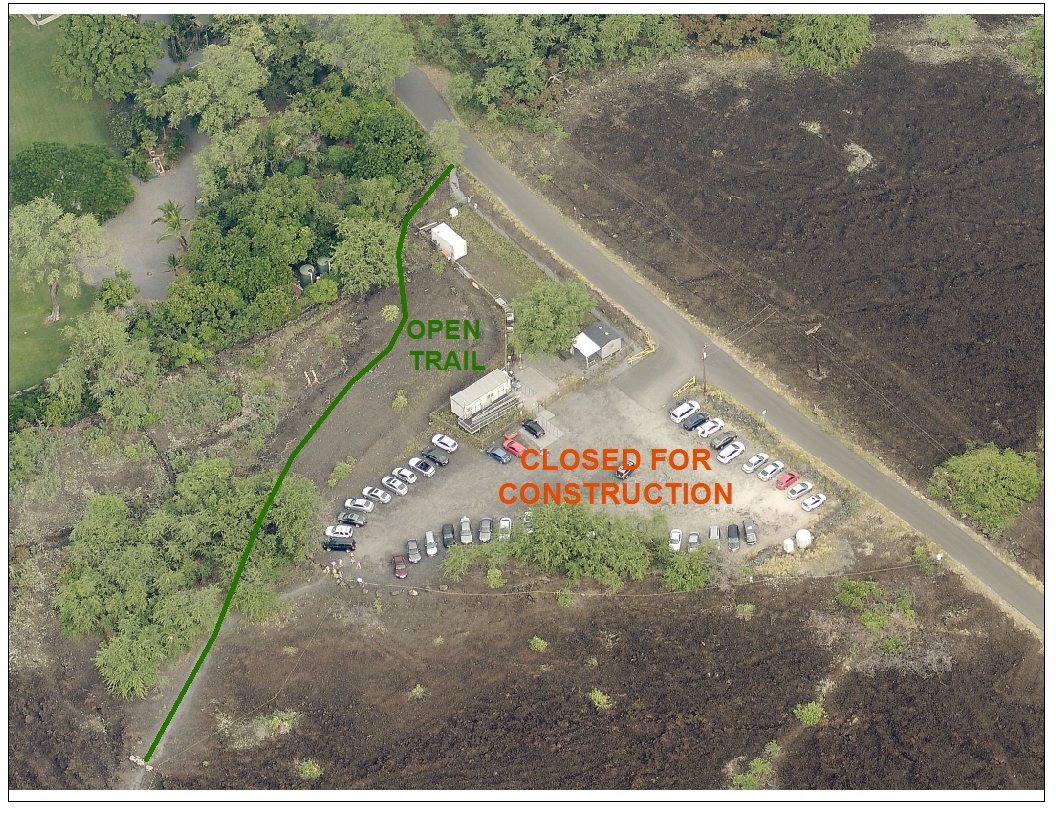Five young ‘Alalā—critically endangered Hawaiian crows—were released into Pu‘u Maka‘ala Natural Area Reserve on the Big Island of Hawai‘i on Dec, 14. The group of male birds took a few minutes to emerge from the aviary where they had been temporarily housed, and they appeared to show a natural curiosity for their surroundings.
slider
HONOLULU -- The small boat harbors and boat ramps have played an important role in the recreational history of Hawai‘i. Although many of the harbors have been upgraded, repaired and expanded over time, many of the original features, including their breakwaters, basins, slips, and channels retain their historic character.
KAPA`A, KAUA‘I -- A large fishing net, estimated to weigh about two tons, was removed from the beach at Kapa‘a fronting the Coral Reef Resort, yesterday.
(Honolulu) - Leslie Kobata, who has served as the Deputy Registrar in the DLNR Bureau of Conveyances since 2011, has been tabbed as the next Registrar. DLNR Chair Suzanne Case said, “Les is an outstanding, innovative, and approachable leader. We are fortunate to retain his decades of private sector, high-level business experience, as the Bureau of Conveyances continues a major modernization initiative directed at making its vital State records easily accessible to the public.
HONOLULU -- The Department of Land and Natural Resources (DLNR), Division of Forestry and Wildlife (DOFAW) is the lead agency in developing and updating the Hawaiʻi Forest Action Plan 2016.
(Honolulu) - Lead scientists in the fight against Rapid ʻŌhiʻa Death on Hawaii’i Island joined Governor David Ige and other top policy makers for the first-ever Rapid ʻŌhiʻa Death Summit, today at the Hawaii’i State Capital Auditorium. Speakers provided situation reports on the disease and presented the recently completed, strategic response plan which will guide the statewide response to this dire threat to Hawaii’s most iconic tree species.
LIHU‘E -- The community is invited to attend an information meeting about the project now underway to construct a bridge for vehicles and pedestrians to cross over Keahua Stream. This location is at the end of Kuamo‘o Road, at the Keahua Arboretum in the Lihu‘e-Koloa State Forest Reserve. The meeting will take place on Tuesday, November 29 from 5:30 to 7 p.m. at Kapa‘a Middle School, 4867 Olohena Rd.
(Hamakua Coast, Hawai’i) - From the road, in the Laupahoehoe Section of the Hilo Forest Reserve, Steve Bergfeld of the Hawai’i Department of Land and Natural Resources spots the enormous, towering, ōhiʻa tree; its thick branches now completely without leaves. The Hawai’i Island Branch Manager for the DLNR Division of Forestry and Wildlife wants to get a close-up look at the tree, after a technician first spotted it and took samples a week ago. Two laboratory tests have confirmed that this very old tree was killed by the fast-moving fungal infection known as Rapid ʻŌhiʻa Death.
HILO, HAWAII -- The Department of Land and Natural Resources (DLNR) Division of Forestry and Wildlife (DOFAW) will hold a public hearing on Wednesday November 16 to receive testimony on the request of Kamehameha Schools for a 50-year Incidental Take License (ITL) from the Board of Land and Natural Resources for a Safe Harbor Agreement (SHA) for a 32,280-acre property located near Volcano Village on the island of Hawai‘i.
KAHULUI – Visitors to the ‘Ahihi-Kina‘u Natural Area Reserve and Keone‘oi‘o (La Perouse Bay) area are advised that renovation of the Kanahena parking area is expected to create limited parking and traffic delays from Monday, November 14 to January 15, 2017. The project involves improving the parking area surface and drainage with concrete paving at the current location which is away from the ocean. The paved surface will help prevent pollutants from vehicles from entering the surrounding environment.
